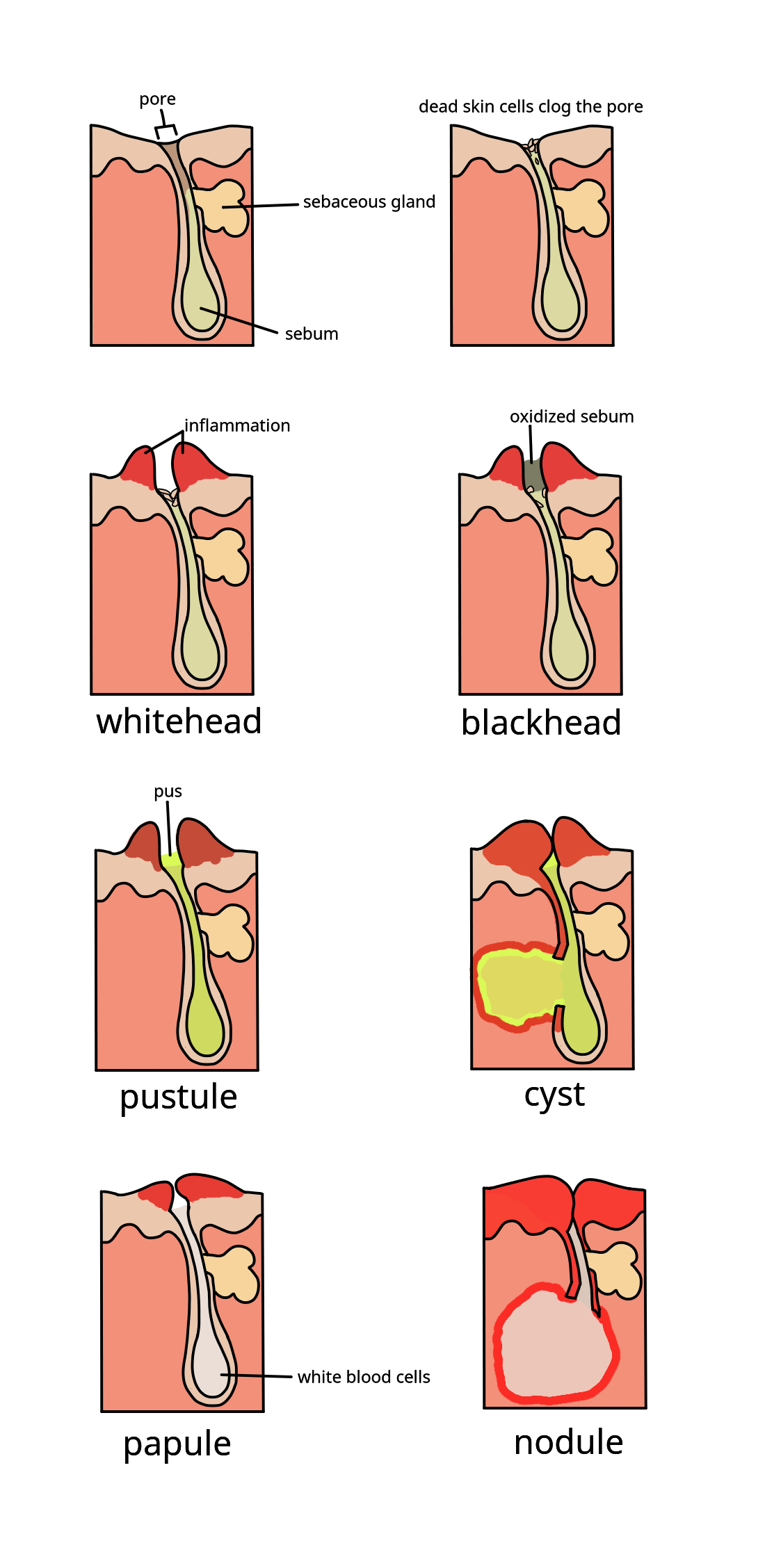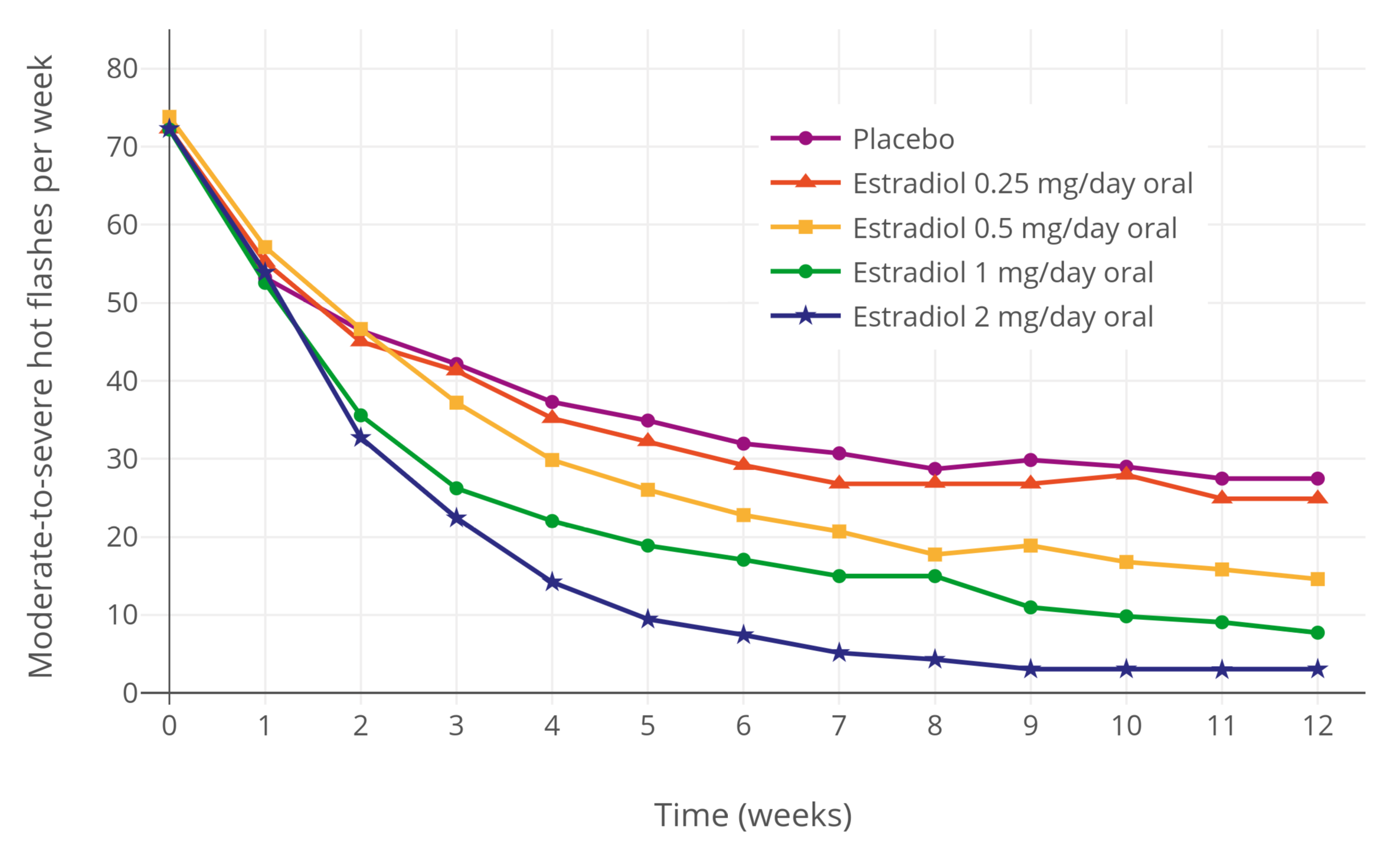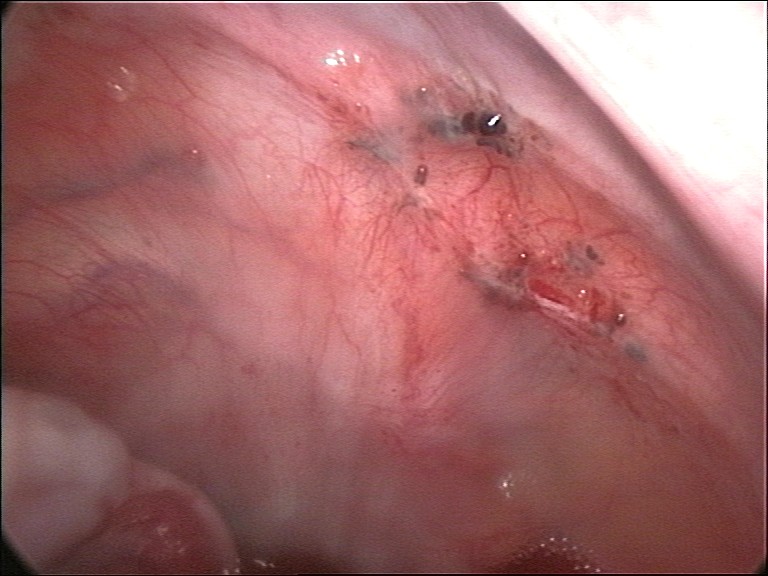|
Dienogest
Dienogest, sold under the brand name Visanne among others, is a progestin medication which is used in birth control pills and in the treatment of endometriosis. It is also used in menopausal hormone therapy and to treat heavy periods. Dienogest is available both alone and in combination with estrogens. It is taken by mouth. Side effects of dienogest include menstrual irregularities, headaches, nausea, breast tenderness, depression, and acne, among others. Dienogest is a progestin, or a synthetic progestogen, and hence is an agonist of the progesterone receptor, the biological target of progestogens like progesterone. It is a unique progestogen, with strong effects in the uterus. The medication has some antiandrogenic activity, which may help to improve androgen-dependent symptoms like acne, and has no other important hormonal activity. Dienogest was discovered in 1979 and was introduced for medical use in 1995. Additional formulations of dienogest were approved between 2007 ... [...More Info...] [...Related Items...] OR: [Wikipedia] [Google] [Baidu] |
Progestin
A progestogen, also referred to as a progestagen, gestagen, or gestogen, is a type of medication which produces effects similar to those of the natural female sex hormone progesterone in the body. A progestin is a '' synthetic'' progestogen. Progestogens are used most commonly in hormonal birth control and menopausal hormone therapy. They can also be used in the treatment of gynecological conditions, to support fertility and pregnancy, to lower sex hormone levels for various purposes, and for other indications. Progestogens are used alone or in combination with estrogens. They are available in a wide variety of formulations and for use by many different routes of administration. Examples of progestogens include natural or bioidentical progesterone as well as progestins such as medroxyprogesterone acetate and norethisterone. Side effects of progestogens include menstrual irregularities, headaches, nausea, breast tenderness, mood changes, acne, increased hair ... [...More Info...] [...Related Items...] OR: [Wikipedia] [Google] [Baidu] |
Menorrhagia
Heavy menstrual bleeding (HMB), previously known as menorrhagia or hematomunia, is a menstrual period with excessively heavy flow. It is a type of abnormal uterine bleeding (AUB). Abnormal uterine bleeding can be caused by structural abnormalities in the reproductive tract, skipping ovulation ( anovulation), bleeding disorders, hormonal issues (such as hypothyroidism) or cancer of the reproductive tract. Initial evaluation during diagnosis aims at determining pregnancy status, menopausal status, and the source of bleeding. One definition for diagnosing the condition is bleeding lasting more than 7 days or the loss of more than 80 mL of blood. Treatment depends on the cause, severity, and interference with quality of life. Initial treatments often involve birth control pills, tranexamic acid, danazol and hormonal intrauterine device. Painkillers ( NSAIDs) are also helpful. Surgery can be effective for those whose symptoms are not well-controlled with other treatments. App ... [...More Info...] [...Related Items...] OR: [Wikipedia] [Google] [Baidu] |
Birth Control Pill
The combined oral contraceptive pill (COCP), often referred to as the birth control pill or colloquially as "the pill", is a type of birth control that is designed to be taken orally by women. It is the oral form of combined hormonal contraception. The pill contains two important hormones: a progestin (a synthetic form of the hormone progestogen / progesterone) and estrogen (usually ethinylestradiol or 17β estradiol). When taken correctly, it alters the menstrual cycle to eliminate ovulation and prevent pregnancy. Combined oral contraceptive pills were first approved for contraceptive use in the United States in 1960, and remain a very popular form of birth control. They are used by more than 100 million women worldwide including about 9 million women in the United States. From 2015 to 2017, 12.6% of women aged 15–49 in the US reported using combined oral contraceptive pills, making it the second most common method of contraception in this age range ( female sterilizati ... [...More Info...] [...Related Items...] OR: [Wikipedia] [Google] [Baidu] |
Acne
Acne ( ), also known as ''acne vulgaris'', is a long-term Cutaneous condition, skin condition that occurs when Keratinocyte, dead skin cells and Sebum, oil from the skin clog hair follicles. Typical features of the condition include comedo, blackheads or whiteheads, pimples, oily skin, and possible scarring. It primarily affects skin with a relatively high number of sebaceous gland, oil glands, including the face, upper part of the chest, and back. The resulting appearance can lead to lack of confidence, anxiety (mood), anxiety, reduced self-esteem, and, in extreme cases, clinical depression, depression or suicidal ideations, thoughts of suicide. Susceptibility to acne is primarily genetic in 80% of cases. The roles of diet and cigarette smoking in the condition are unclear, and neither hygiene, cleanliness nor exposure to sunlight are associated with acne. In both sexes, hormones called androgens appear to be part of the underlying mechanism, by causing increased production ... [...More Info...] [...Related Items...] OR: [Wikipedia] [Google] [Baidu] |
Estrogen (medication)
An estrogen (E) is a type of medication which is used most commonly in hormonal birth control and menopausal hormone therapy, and as part of feminizing hormone therapy for transgender women. They can also be used in the treatment of hormone-sensitive cancers like breast cancer and prostate cancer and for various other indications. Estrogens are used alone or in combination with progestogens. They are available in a wide variety of formulations and for use by many different routes of administration. Examples of estrogens include bioidentical estradiol, natural conjugated estrogens, synthetic steroidal estrogens like ethinylestradiol, and synthetic nonsteroidal estrogens like diethylstilbestrol. Estrogens are one of three types of sex hormone agonists, the others being androgens/anabolic steroids like testosterone and progestogens like progesterone. Side effects of estrogens include breast tenderness, breast enlargement, headache, nausea, and edema among ... [...More Info...] [...Related Items...] OR: [Wikipedia] [Google] [Baidu] |
Endometriosis
Endometriosis is a disease in which Tissue (biology), tissue similar to the endometrium, the lining of the uterus, grows in other places in the body, outside the uterus. It occurs in women and a limited number of other female mammals. Endometrial tissue most often grows on or around reproductive organs such as the ovaries and fallopian tubes, on the outside surface of the uterus, or the tissues surrounding the uterus and the ovaries (peritoneum). It can also grow on other organs in the pelvic region like the Gastrointestinal tract, bowels, stomach, bladder, or the cervix. Rarely, it can also occur in other parts of the body. Symptoms can be very different from person to person, varying in range and intensity. About 25% of individuals have no symptoms, while for some it can be a debilitating disease. Common symptoms include pelvic pain, Heavy menstrual bleeding, heavy and Dysmenorrhea, painful periods, pain with bowel movements, Dysuria, painful urination, Dyspareunia, pain dur ... [...More Info...] [...Related Items...] OR: [Wikipedia] [Google] [Baidu] |
Nausea
Nausea is a diffuse sensation of unease and discomfort, sometimes perceived as an urge to vomit. It can be a debilitating symptom if prolonged and has been described as placing discomfort on the chest, abdomen, or back of the throat. Over 30 definitions of nausea were proposed in a 2011 book on the topic. Nausea is a non-specific symptom, which means that it has many possible causes. Some common causes of nausea are gastroenteritis and other gastrointestinal disorders, food poisoning, motion sickness, dizziness, migraine, fainting, low blood sugar, anxiety, hyperthermia, dehydration and lack of sleep. Nausea is a side effect of many medications including chemotherapy, or morning sickness in early pregnancy. Nausea may also be caused by disgust and depression. Medications taken to prevent and treat nausea and vomiting are called antiemetics. The most commonly prescribed antiemetics in the US are promethazine, metoclopramide, and the newer ondansetron. The word na ... [...More Info...] [...Related Items...] OR: [Wikipedia] [Google] [Baidu] |
Oral Administration
Oral administration is a route of administration whereby a substance is taken through the Human mouth, mouth, swallowed, and then processed via the digestive system. This is a common route of administration for many medications. Oral administration can be easier and less painful than other routes of administration, such as Injection (medicine), injection. However, the onset of action is relatively low, and the effectiveness is reduced if it is not absorbed properly in the digestive system, or if it is broken down by digestive enzymes before it can reach the bloodstream. Some medications may cause gastrointestinal side effects, such as nausea or vomiting, when taken orally. Oral administration can also only be applied to conscious patients, and patients able to swallow. Terminology ''Per os'' (; ''P.O.'') is an adverbial phrase meaning literally from Latin "through the mouth" or "by mouth". The expression is used in medicine to describe a treatment that is taken orally (but not ... [...More Info...] [...Related Items...] OR: [Wikipedia] [Google] [Baidu] |
Breast Tenderness
Breast pain is the symptom of discomfort in either one or both breasts. Pain in both breasts is often described as ''breast tenderness'', is usually associated with the menstrual period and is not serious. Pain that involves only one part of a breast is more concerning, particularly if a hard mass or nipple discharge is also present. Causes may be related to the menstrual cycle, birth control pills, hormone therapy, or psychiatric medication. Pain may also occur in those with large breasts, during menopause, and in early pregnancy. In about 2% of cases breast pain is related to breast cancer. Diagnosis involves examination, with medical imaging if only a specific part of the breast hurts. In more than 75% of people the pain resolves without any specific treatment. Otherwise treatments may include paracetamol or NSAIDs. A well fitting bra may also help. In those with severe pain tamoxifen or danazol may be used. About 70% of women have breast pain at some point in time. ... [...More Info...] [...Related Items...] OR: [Wikipedia] [Google] [Baidu] |





